Posted on: November 15, 2022
As I scanned through my inbox one morning, I came across a set of beautifully captured photos from our school’s Veterans Day celebration. Among the familiar faces in uniform, one image in particular stopped me in my tracks. A colleague—someone I’ve worked with closely for over five years—stood tall in her service attire. To my surprise, she had served in the military, and I had never been aware of it.
This moment sparked a quiet reflection. How had I missed something so significant about someone I see almost daily? Had she mentioned it before, and I wasn’t present—mentally or physically—to take note? As I thought back, it became clear that perhaps I had been distracted by a side conversation, a buzzing phone, or simply my thoughts. And then it hit me: this is precisely what happens to many students in our classrooms every day.
Students might be physically present, but not mentally engaged. They hear the words, but they aren’t listening. The relevance may not register. The lesson may not connect. And just like me, they can miss crucial information simply because they weren’t fully present in the moment.
This experience reminded me of the importance of teachers fostering active engagement, rather than merely maintaining attendance or quiet compliance. Authentic engagement means that students are mentally and emotionally present, interacting with content in meaningful ways. When students miss foundational ideas because they weren’t “there” during an earlier lesson, even the best strategies to activate prior knowledge may fall flat—they have no prior knowledge to activate.
This reflection aligns with concerns shared by educational leaders about student engagement. In “A How-to Plan for Widening the Gap,” Kim Marshall warns against teaching methods that only involve students who volunteer to participate. While it may maintain a brisk pace, it risks leaving less confident learners behind, thereby further widening achievement gaps.
Two critical strategies emerge from this reflection: teacher with-it-ness and total participation techniques.
- With-it-ness is a teacher’s ability to recognize when a student is disengaged or confused, and to respond with agility. A teacher with strong with-it-ness doesn’t miss those subtle cues—a student zoning out, a hand slowly dropping, or a confused expression. They respond in real time, re-engaging the learner before the opportunity slips away.
- Total participation techniques (TPTs), as described by Himmele & Himmele (2017), encourage educators to create classroom routines that promote thinking, not just talking. TPTs involve all students simultaneously and equitably, requiring them to reflect, analyze, synthesize, and evaluate—core skills in higher-order thinking. When students are pushed to think deeply, learning becomes active and enduring.
These reflections were especially timely, as I was recently asked to lead a professional learning session on using error analysis as an intervention strategy. It’s a practice that, when used with fidelity, can uncover misconceptions and promote critical thinking. Yet it also requires teachers to be fully aware of their students, engaged in their responses, tuned into their thinking, and responsive to their needs.
As educators, we must ask ourselves regularly: Are our students merely present in the room, or are they truly learning? Are we catching the moments when they mentally check out? Are we building classrooms where every voice matters?
Engagement is not accidental—it’s intentional. And it starts with us.
References:
- Himmele, P., & Himmele, W. (2017). Total Participation Techniques: Making Every Student an Active Learner. ASCD.
- “Teacher Withitness.” USC Rossier. Retrieved from: https://rossieronline.usc.edu/blog/teacher-withitness
